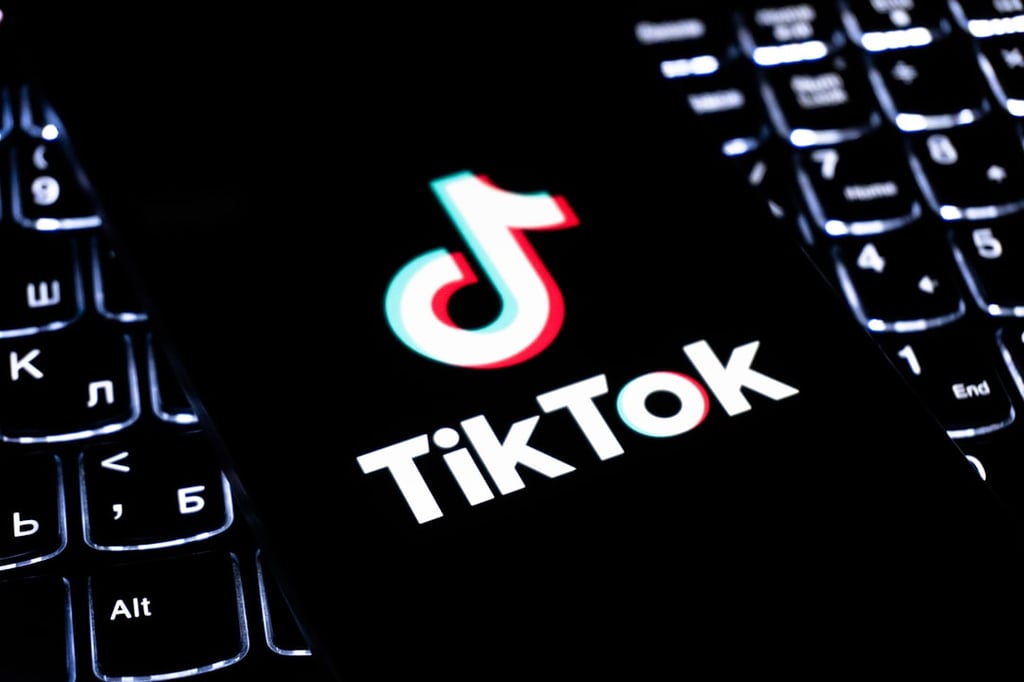Datamation content and product recommendations are
editorially independent. We may make money when you click on links
to our partners.
Learn More
![]()
SAN FRANCISCO (Reuters) – Say goodbye to the “black brick” laptop. The era of the plain, dowdy PC is officially over.
As computer makers roll out their new notebooks and netbooks ahead of the end-year holiday shopping season, razor-thin, sleek and colorful are most definitely in, as are arresting designs in an ever-expanding array of choices.
Hewlett-Packard Co and Dell Inc are now more likely to point to subtle etchings in the exterior shell, or a famous artist behind a new design, than to the “speeds and feeds” that PC makers used to tout when they wrestled for technological superiority.
It was only a few years ago that most laptops were some variation of a dull box that came in gray or black, with the exception of Apple Inc, which was making distinctive laptops back in the 1990s.
Now, design is permeating the PC market like never before as the increasing commoditization of machines leaves few major differentiators on performance, so a stylish case is one of the last remaining areas of competition.
Ed Boyd, vice president of design for consumer products at Dell, the world’s No. 2 PC maker, arrived at the company nearly two years ago from Nike Inc. He said the PC market is transforming in the way that athletic shoes did.
Nike “took a commoditized product — sneakers — and made it hip and cool and relevant,” he said. “What you’re witnessing is the same transformation in the PC business … this phenomenon is crossing both the enterprise and the consumer space”
As PCs have become ever more light and portable, consumers and businesses are placing a premium on the look of machines that are now more likely to travel out of the home or office.
And PC makers are using design to target different demographics, such as HP’s collaboration with fashion designer Vivienne Tam on netbooks aimed at fashion-forward women.
Stacy Wolff, director of notebook product design at HP, said the world’s largest maker of PCs took a “big gamble” when it began to focus on design in 2005 — one that he said has paid off. Prior to that, HP notebooks were essentially “technology in kind of a nondescript container,” he said.
Wolff said HP’s new focus was immediately evident in its income statement: “Once we made it a strategic element of any development, our financials have just skyrocketed.”
PLASTIC SLABS
At the dawn of personal computing in the early 1980s, the first mobile PCs began to emerge from companies like Tandy, Osborne, NEC, Epson and others. Many of the early models resembled slabs of beige plastic, bulkier than desktops today.
The early 1990s saw the launch of Apple’s PowerBook line, which helped set the standard for design, along with IBM’s ThinkPad. Sony’s sleek Vaio notebooks followed later in the decade, along with Apple’s colorful iBook line.
But PCs 10 years ago were still largely seen as vessels for technology, rather than design or fashion statements.
Jeff Barney, general manager of Toshiba America’s digital products division, said the company introduced color in PCs earlier this decade, but they failed to catch on. “The consumer wasn’t ready for it,” he said. “We were just ahead of the trend.”
As components became cheaper and lighter, PC vendors found more room to explore their creative side, bringing in new materials and finishes, and paying closer attention to design details to catch the eye of buyers.
“We think that design is one of the key buying criteria in retail for laptops,” said Barney.
Thin and slick is one of the hottest trends, and the category is growing ever more competitive with Apple’s MacBook Air, Dell’s Adamo and HP’s new Envy line.
A PC buyer today can choose from a dizzying array of colors, textures and designs. “Personalization” is the order of the day. For example, Dell offers more than 200 exterior designs.
IDC analyst Richard Shim said the market began to shift around 2005 with lower PC prices. “Consumers started to become the overriding voice in the PC industry and what they were saying is: ‘Look there’s enough performance here for me to do what I need to do … but what I want is a PC that doesn’t look like everyone else’s,'” he said.
PC makers are first and foremost technology companies, he said, but they have realized that many buyers are more interested in what a notebook looks like than what’s inside. (Editing by Steve Orlofsky)
Copyright 2009 Reuters. Click for restrictions.
-
Ethics and Artificial Intelligence: Driving Greater Equality
FEATURE | By James Maguire,
December 16, 2020
-
AI vs. Machine Learning vs. Deep Learning
FEATURE | By Cynthia Harvey,
December 11, 2020
-
Huawei’s AI Update: Things Are Moving Faster Than We Think
FEATURE | By Rob Enderle,
December 04, 2020
-
Keeping Machine Learning Algorithms Honest in the ‘Ethics-First’ Era
ARTIFICIAL INTELLIGENCE | By Guest Author,
November 18, 2020
-
Key Trends in Chatbots and RPA
FEATURE | By Guest Author,
November 10, 2020
-
Top 10 AIOps Companies
FEATURE | By Samuel Greengard,
November 05, 2020
-
What is Text Analysis?
ARTIFICIAL INTELLIGENCE | By Guest Author,
November 02, 2020
-
How Intel’s Work With Autonomous Cars Could Redefine General Purpose AI
ARTIFICIAL INTELLIGENCE | By Rob Enderle,
October 29, 2020
-
Dell Technologies World: Weaving Together Human And Machine Interaction For AI And Robotics
ARTIFICIAL INTELLIGENCE | By Rob Enderle,
October 23, 2020
-
The Super Moderator, or How IBM Project Debater Could Save Social Media
FEATURE | By Rob Enderle,
October 16, 2020
-
Top 10 Chatbot Platforms
FEATURE | By Cynthia Harvey,
October 07, 2020
-
Finding a Career Path in AI
ARTIFICIAL INTELLIGENCE | By Guest Author,
October 05, 2020
-
CIOs Discuss the Promise of AI and Data Science
FEATURE | By Guest Author,
September 25, 2020
-
Microsoft Is Building An AI Product That Could Predict The Future
FEATURE | By Rob Enderle,
September 25, 2020
-
Top 10 Machine Learning Companies 2021
FEATURE | By Cynthia Harvey,
September 22, 2020
-
NVIDIA and ARM: Massively Changing The AI Landscape
ARTIFICIAL INTELLIGENCE | By Rob Enderle,
September 18, 2020
-
Continuous Intelligence: Expert Discussion [Video and Podcast]
ARTIFICIAL INTELLIGENCE | By James Maguire,
September 14, 2020
-
Artificial Intelligence: Governance and Ethics [Video]
ARTIFICIAL INTELLIGENCE | By James Maguire,
September 13, 2020
-
IBM Watson At The US Open: Showcasing The Power Of A Mature Enterprise-Class AI
FEATURE | By Rob Enderle,
September 11, 2020
-
Artificial Intelligence: Perception vs. Reality
FEATURE | By James Maguire,
September 09, 2020
SEE ALL
ARTICLES







